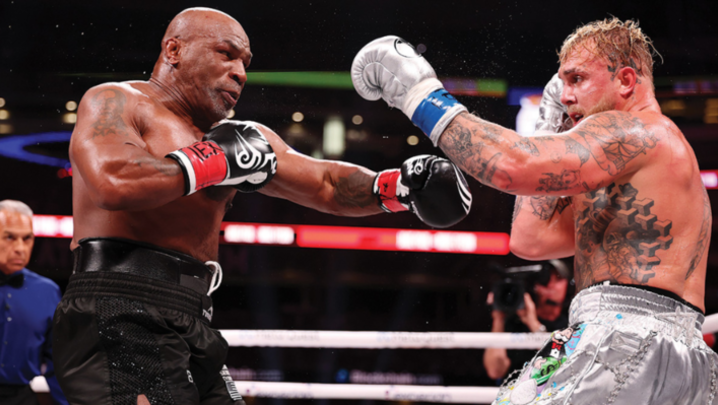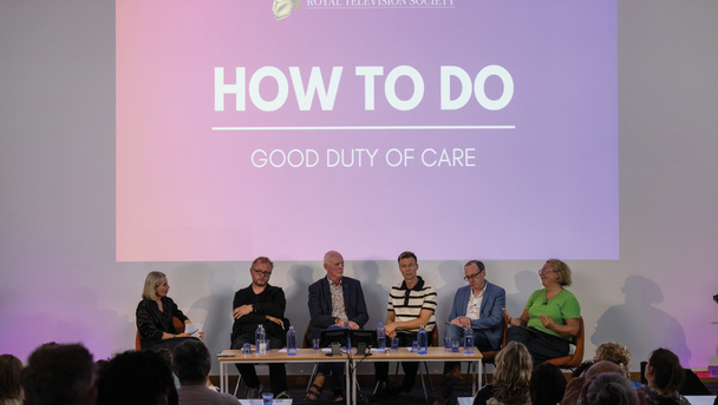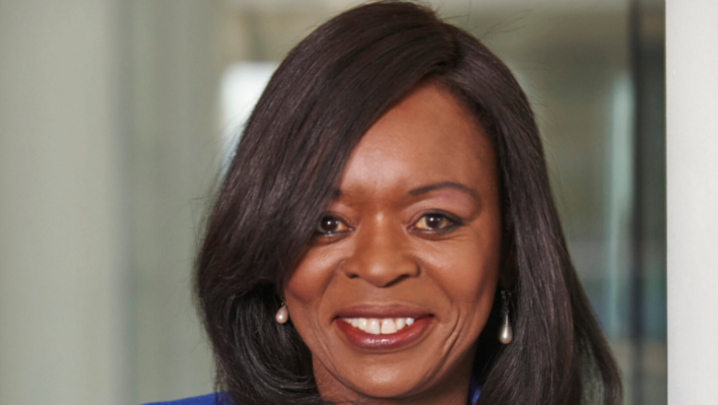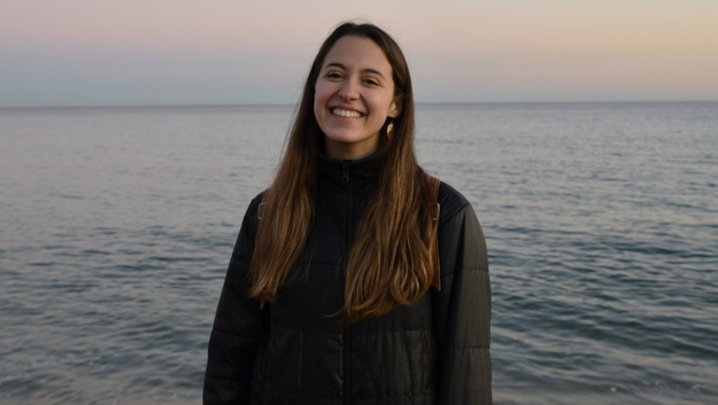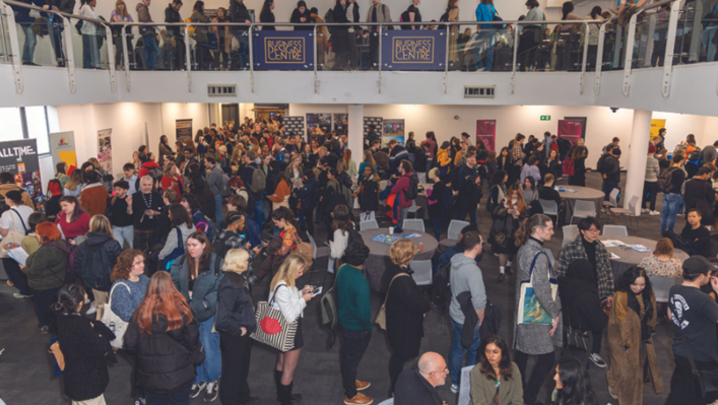Formula 1 is bigger than ever. The RTS discovers what’s driving its success.
Once the preserve of petrol heads, Formula 1 has become a hugely popular television sport. On the eve of the British Grand Prix at Silverstone, an RTS panel – featuring experts from three broadcasters – discussed how the motor sport has found its va-va-voom.
Dean Locke, director of broadcast and media for Formula 1, who is celebrating 25 years at the host broadcaster and sport’s owner, said: “The fan base is growing hugely.” He added that the phenomenally successful Netflix documentary series Formula 1: Drive to Survive, which has taken cameras behind the scenes at race tracks since 2019, “is a big part of that”.
According to Formula 1, the cumulative TV audience for 2021 was 1.55 billion, up 4% from the 2020 season. The jump in the UK, though, was huge – a rise of 39%, year on year. Last year’s title decider in Abu Dhabi, which saw Max Verstappen pip Lewis Hamilton to the title on the final lap of the race, drew a combined peak TV audience of 7.4 million on Channel 4 and Sky Sports.
Locke identified other factors behind F1’s success: “There are lots of incremental things. We’ve had some really good championships and we have brilliant broadcast partners… at Sky, Channel 4 and across the world, recently ESPN in the US, putting their shoulder behind it. We’re seeing a lot of younger fans. The events are all sold out, as well, which looks good on TV…. There’s a lot more activity in the digital space too.”
F1 is a technical and complicated sport, which attracts both casual viewers and expert fans. “[Our] ethos is to… cover [the sport] in a way that everyone can understand,” said Locke, who stressed the importance of intelligible and informative graphics.
Another F1 veteran, Sky Sports pit lane reporter Ted Kravitz, has worked for a quarter of a century at ITV, the BBC and now Sky, as the motor sport’s UK rights moved from broadcaster to broadcaster.
“We’ll find whatever way we can, whether it’s technically complex or quite simple, to explain what’s [happening],” said Kravitz.
Frequently, that involves the reporter taking an idiosyncratic approach. At June’s Canadian Grand Prix, he sat on a skateboard – at much the same height off the ground as he would be been in a Mercedes – and was then pulled at 30kph across the tarmac to give an idea of what drivers George Russell and Lewis Hamilton go through.
“The great thing about Formula 1 is that the more you know about it, the more you want to know,” he added. 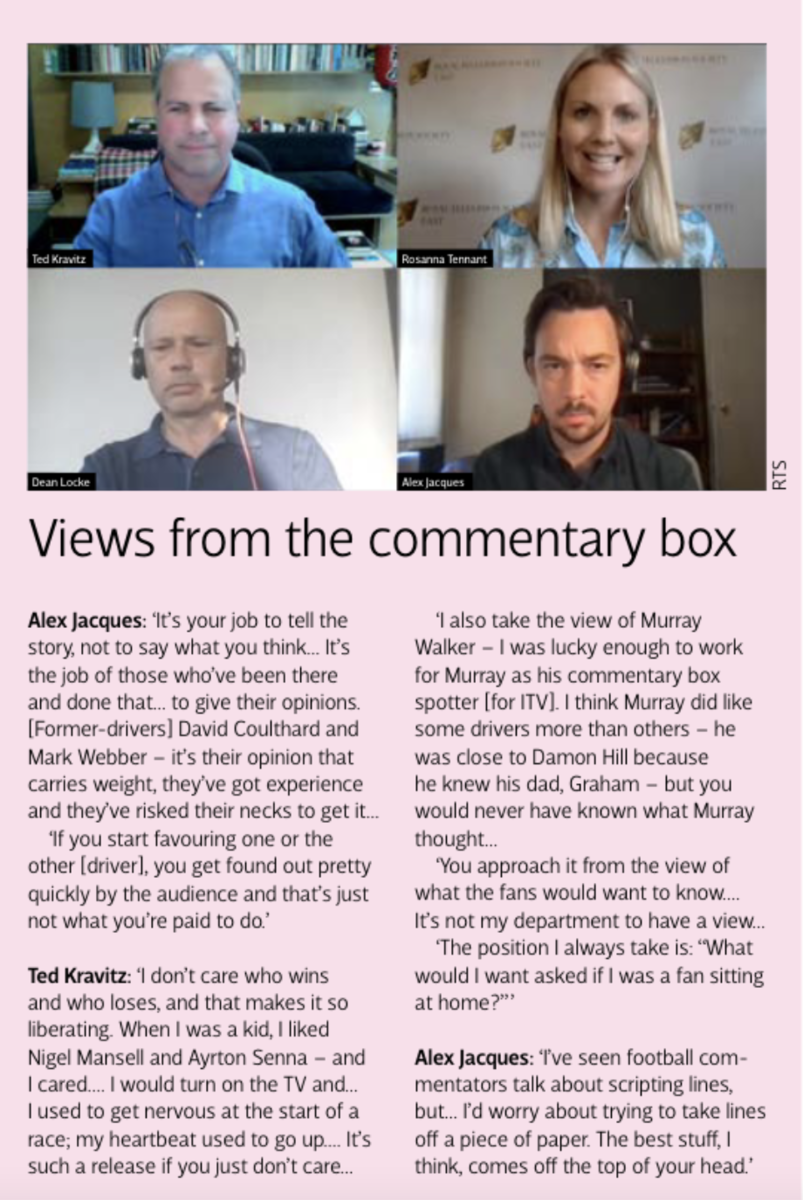
Since 2019, Sky Sports has held exclusive UK rights to all F1 races, excluding the British Grand Prix. Channel 4 has free-to-air highlights rights and covers the British Grand Prix, with Sky, live.
Channel 4’s lead F1 commentator, Alex Jacques, explained how he approaches his job: “Sometimes, there’s a misconception that [the highlights are] edited and then we talk about it afterwards… that wouldn’t work with the timeframe [in which] we have to turn around the show.
“We have to lose about 30% of the race in terms of the broadcast… That changes the way you commentate for highlights… you know that there are times to hang a killer stat that explains why Lewis Hamilton is having a difficult season. You will hang that on a part… that is not going to be cut… but the rest of the time you’re reacting like you would for a live broadcast.
“If you did it the other way, the viewer would instantly know.… It’s an incredibly complex and dynamic sport [with] a really perceptive audience.… It’s got to be ‘as live’ for that authenticity, and then you’ve got to hope you don’t deliver a killer line that’s left on the cutting-room floor.”
Coverage is part remote, part from trackside. The Covid-19 pandemic accelerated remote working and fast-tracked a long-term F1 sustainability project. “We thought we had a few years to do it and then we ended up doing it in seven weeks,” recalled Locke. Formula 1’s media technology centre at Biggin Hill on the outskirts of south-east London now takes camera feeds from the track where the race is directed.
Kravitz added: “Sky has a big drive to be a completely carbon neutral broadcaster.… It was unsustainable to continue air-freighting all the… vision mixing, directing and sound desks.
“Obviously, when you’re at the track you need the camera and sound people [but] more or less everyone else who would normally be in the TV compound can be somewhere else.
“We were doing this before Covid at Sky… it’s been incredible the amount of air miles and CO2 [saved. We now use] sea freight… to move sets.”
Looking to the future of the sport, Locke argued that its coverage would continue on “the trajectory we’re on now”. He added: “It’s [about] making it easy to watch… and available in whichever way you want it.”
Motor sport broadcasters are constantly looking for new and, more importantly, diverse audiences. “It’s a top priority for Sky,” said Kravitz.
“[Lewis Hamilton] is right – F1 has been… predominately white, predominately middle class – there’s been such a change and it’s happening so quickly. It’s so good to see.
“We’re reaching communities that were once not served particularly well by Formula 1.… There’s a much more diverse audience… and that’s reflected in the people working in Formula 1, the drivers getting into it.… It is going to take a few more years, but we are getting there.”
Report by Matthew Bell. The joint RTS East/RTS Midlands event, ‘F1 on screen’, was hosted by Sky Sports F1 presenter Rosanna Tennant on 23 June. It was produced by RTS East Chair Tony Campbell and RTS Midlands Committee member Sindy Campbell.


